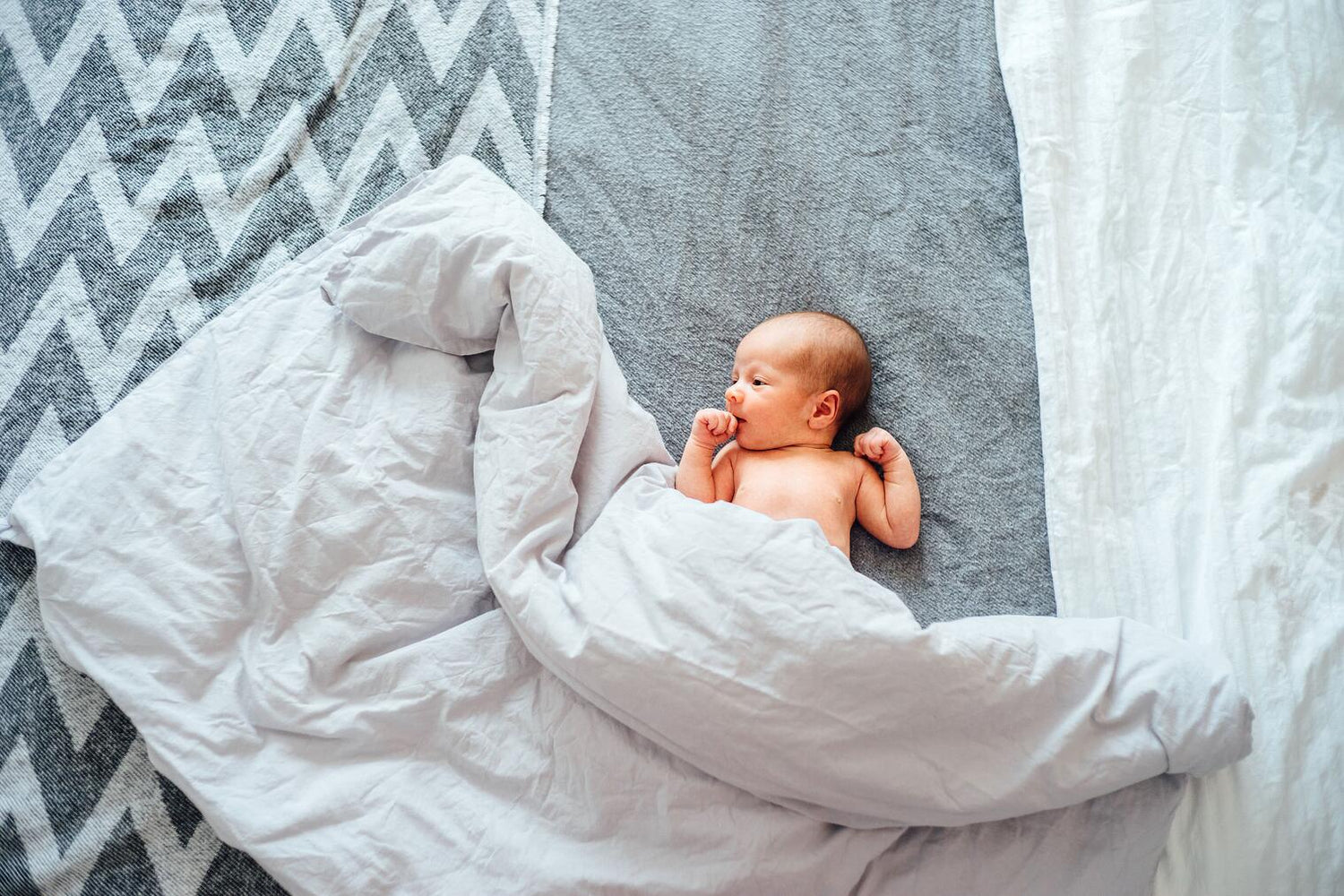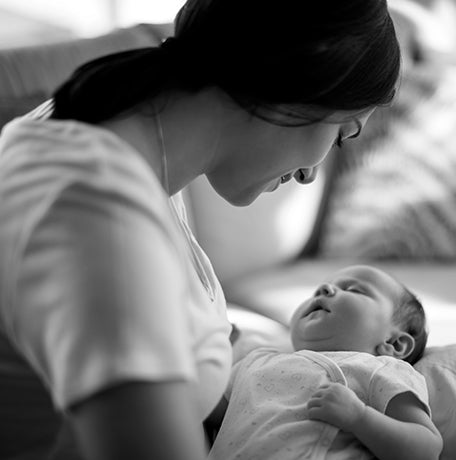Expecting a child is exciting but it also comes with responsibilities and a lot of planning.
Gathering essentials to welcome your baby is one of them. Buying essentials such as baby quilts & blankets are necessary. A baby blanket can be helpful in a number of ways, especially to keep your little one warm as they can’t regulate their body temperature. If you have an infant who is going to spend most of her time sleeping, investing in a good blanket actually makes sense.
You may also want to buy the blanket depending on the season or weather conditions. You will have questions popping up in your head whether you will need one in summer or not and what type of blanket you should choose depending on the season? Oh, and of course, opting for the sizes which we will discuss in detail below.
Why is it important to choose the correct size blanket for your baby?
The purpose of a blanket is to cover your baby properly and the size should be appropriate to meet the purpose. Your baby won’t stick to one size and will keep growing and outgrow it. Therefore, you need to consider sizes that you can use for more months.
Apart from that, you have to be mindful about SIDS- sudden infant death syndrome and consider materials designed to ensure your baby’s safety from suffocation, strangulation, etc. First, let’s discuss what would be the right size of a blanket.
Right size of blanket for babies
Sorting out baby blanket sizes and baby quilt sizes can be quite a hassle, as infants tend to easily outgrow them in just a matter of months. The moderate baby blanket dimensions should be 34 x 46 inches however, the size may differ depending on the size of the baby and as she grows.
However, the shape and dimension of the blanket also depend on the usage, be it for swaddling, receiving or others. Let’s discuss a few types of blankets to have an idea.
Receiving Blanket
A receiving blanket is perhaps going to be the smallest blanket of all. They are usually smaller than the standard swaddling blankets, ranging from a small 18-inch square to a 36-inch square. Receiving blankets can be used in many ways. As these blankets are lighter and smaller, they can be used for wrapping up your baby while bringing her home from the hospital, as a nursing cover or as a changing mat.
Swaddle Blanket
The practice of swaddling will help to calm your crying baby. It is a must-have for newborns as clothing at least for the initial weeks for they are too sensitive to fit into clothes. It is much easier for nappy change too. A thin, lightweight material like cotton muslin is ideal for a swaddle blanket. Bamboo baby swaddle is great too as it can regulate temperature and makes it all-weather friendly. Sizes can vary as they are to fit babies of different sizes. The size ranges from 40-inch square to 48-inch square. It can be also used for multiple purposes just like a receiving blanket.
Crib Blanket
These blankets are meant to be used while your baby is in the crib but under your careful watch. It should be strictly banned for babies under one year as it may lead to SIDS. It should also be free from loose threads, yarn or holes that can pose a threat to the safety of your little one. You can also opt for a scoop cut design to avoid suffocation. Generally, crib blankets are rectangular and the size ranges from 36 x 54 inch to 45 x 60 inch.
Multi-Use Blanket
This thicker blanket can be used as travel blankets, stroller blankets and spread over for your baby can crawl and play. It can also cover the car seat for chillier months. This blanket may also serve as a “lovie” for toddlers. The size may roughly measure 30 x40 inch.
Quick Guide To Blanket Size
- Receiving blanket – 18 x 18 in, to 36 x 36 in
- Swaddle blanket – 40 x 40 in, to 48 x 48 in
- Crib blanket – 36 x 54 in, to 45 x 60 in
- Multi-use blanket – 30 x 40 in
PS- A big enough quilt can be used for many many years even after your baby has outgrown it, as a throw or a picnic blanket.
Perfect material for baby blankets
A baby blanket should be made out of materials that are gentle on sensitive skin and breathable to make sleep comfortable. Moreover, it should be lightweight and easy to wash. The best breathable material you can opt for is cotton. Even after countless washes, cotton blankets remain soft, smooth and nice, just ensure buying good quality cotton with a close weave and high thread count.
Avoid investing in synthetic or satin fabrics as these would not help to keep your baby warm and also lead to skin rashes or blemishes on sensitive skin. Refrain from buying blankets that have too much fur on them as these furs can come out loose and get into your baby’s nostrils or mouth while breathing and lead to choking.
For colder months you can consider buying warmer blankets that have microfibre fillings but choose one that has a cotton layer lining or at least place a cotton layer underneath. You can opt for all-weather blankets that can be used both during hot and cold months. They are generally made from organic cotton or simply just cotton quilted baby blankets with polyfills. Bamboo fabric is a thermo-regulating fabric, it regulates temperature based on the outside temperature. This reason makes it the ideal fabric for your baby in all kinds of weather.
Should we also think outside the blanket? Well, the best baby blankets are sometimes not blankets at all. It’s a Baby Sleeping Bag! With a sleeping bag, you don’t have to worry about loose blankets in the crib which can choke your baby or throwing it off in the middle of the night.
Whatever you choose, ensure all safety, pros and cons while buying a blanket. A good blanket will keep your baby warm, comfortable and safe.
Congratulations on being parents!

















